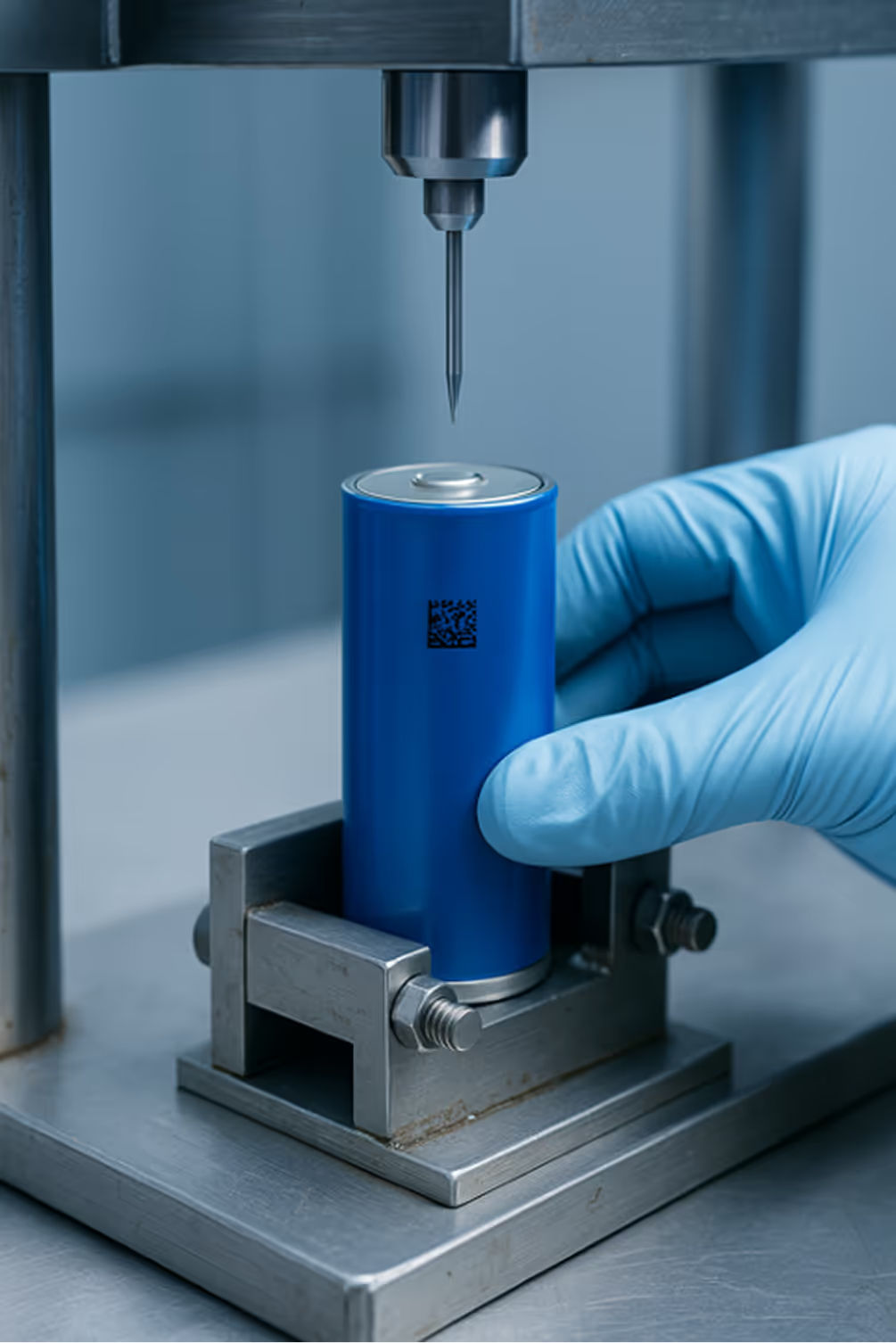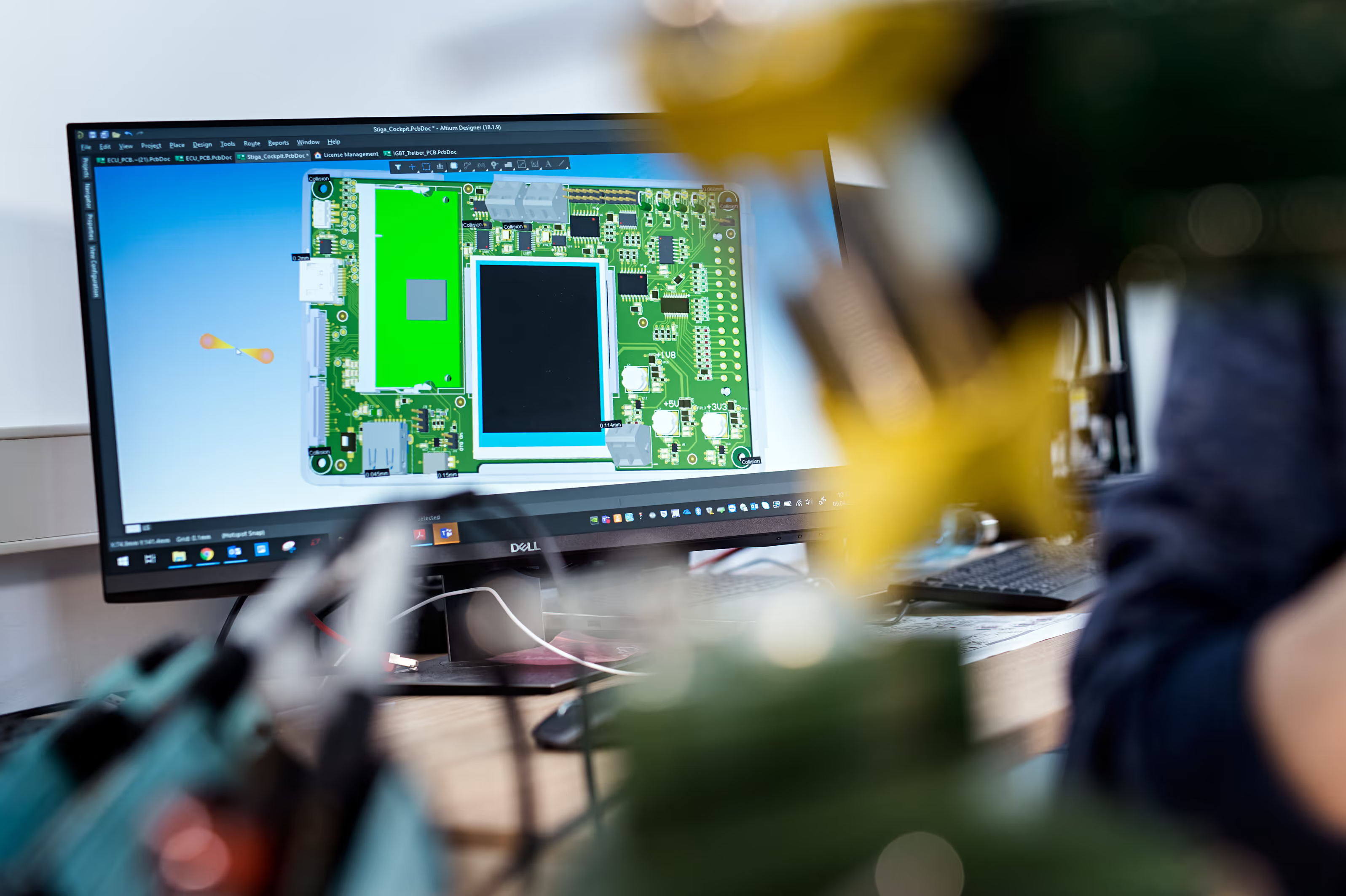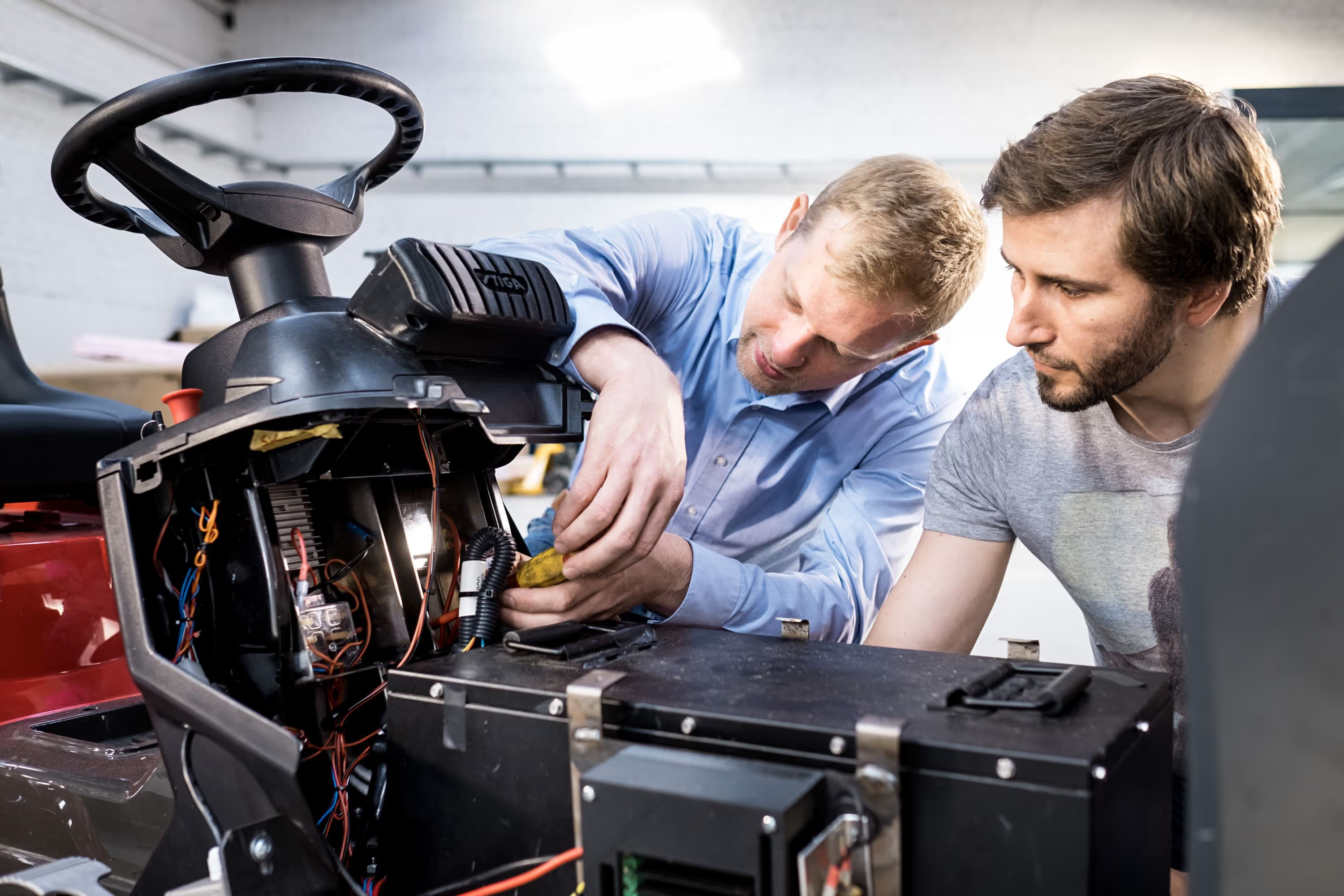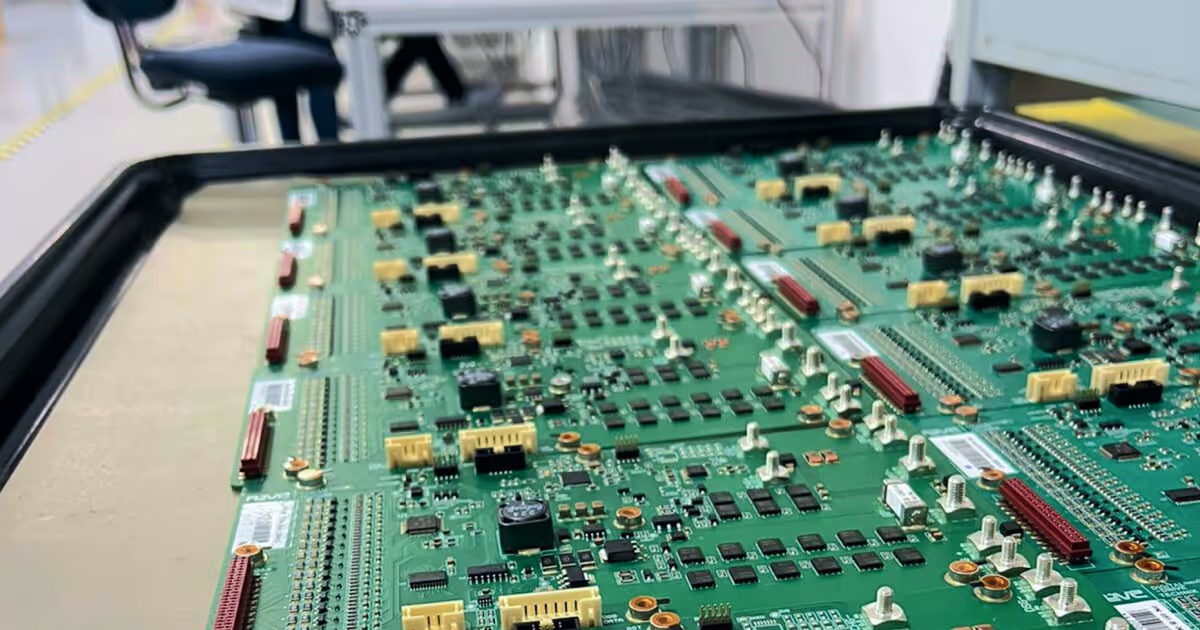Thermal runaway
Thermal runaway is an uncontrollable exothermic reaction in batteries that leads to rapid temperature increases, potentially causing fire, explosion, or catastrophic failure.
In the battery industry, thermal runaway stands as a paramount safety concern, especially with the proliferation of high-energy-density lithium-ion cells in electric vehicles (EVs), energy storage systems, and consumer electronics. This phenomenon, if not properly managed, can result in severe hazards, financial losses, and reputational damage, making it a critical focus for engineers, researchers, and manufacturers dedicated to advancing battery technology.
Fundamentals of Thermal Runaway
To fully appreciate thermal runaway, one must start with its core definition and the underlying physical and chemical principles. It represents a condition where heat generation within a battery cell surpasses heat dissipation, initiating a self-sustaining cycle that escalates temperature uncontrollably. This process is often driven by exothermic reactions that release additional energy, further fueling the rise in heat.
Definition and Key Mechanisms
Thermal runaway is defined as an accelerated, uncontrolled increase in temperature due to positive feedback loops in electrochemical systems. Key mechanisms include the decomposition of electrolyte solvents, oxidation of electrode materials, and gas generation, which collectively exacerbate heat release. In lithium-ion batteries, this can begin with minor faults and rapidly propagate to adjacent cells, highlighting the importance of understanding reaction kinetics and thermal properties.
Historical Context and Industry Relevance
Notable incidents, such as battery recalls in EVs and portable devices, underscore the real-world impact of thermal runaway. These events have driven regulatory changes and spurred innovations in battery design, emphasizing the need for robust safety protocols in professional settings.
Causes and Initiators of Thermal Runaway
Multiple factors can trigger thermal runaway, ranging from internal defects to external abuses. Identifying these initiators is essential for developing effective prevention and mitigation strategies in battery manufacturing and operation.
Internal Short Circuits
Internal short circuits, often caused by dendrite formation, impurities, or separator failures, generate localized heat that can ignite thermal runaway. This is particularly prevalent in aged cells or those subjected to mechanical stress, necessitating rigorous quality control during production.
Overcharging and Electrical Abuse
Overcharging a battery beyond its voltage limits can lead to excessive heat from side reactions, such as lithium plating and electrolyte decomposition. Similarly, high-rate discharges or external short circuits contribute to thermal instability, requiring advanced battery management systems (BMS) for real-time monitoring.
Thermal and Mechanical Abuse
Exposure to high ambient temperatures, fire, or physical impact can compromise cell integrity, initiating exothermic reactions. In automotive applications, crash scenarios or poor thermal management systems amplify these risks, underscoring the need for robust enclosure designs and cooling mechanisms.
Progression and Effects of Thermal Runaway
The progression of thermal runaway typically follows distinct phases, from initiation to full-scale failure, with significant implications for safety and performance. Understanding this sequence helps in designing early detection and containment measures.
Initiation Phase
During initiation, a trigger event—such as a local hot spot—causes minor temperature rises that activate exothermic reactions. This phase may involve the breakdown of solid-electrolyte interphase (SEI) layers or onset of cathode decomposition, releasing heat and gases. Early detection through temperature sensors and voltage monitoring is critical to prevent escalation.
Propagation and Catastrophic Failure
As heat accumulates, propagation occurs through adjacent cells or modules, leading to thermal runaway cascades. This can result in venting, fire, or explosion, posing grave safety hazards. In multi-cell packs, propagation barriers and flame-retardant materials are vital to limit damage and protect overall system integrity.
Economic and Operational Impacts
Beyond safety, thermal runaway can cause substantial economic losses from recalls, downtime, and liability issues. For OEMs and component suppliers, it underscores the importance of reliability testing and lifecycle assessments to minimize risks in commercial deployments.
Prevention and Mitigation Strategies
Addressing thermal runaway requires a multi-faceted approach, integrating design innovations, advanced materials, and intelligent systems. Professionals in the battery industry must prioritize these strategies to enhance safety and compliance.
Battery Management Systems (BMS)
Advanced BMS solutions play a crucial role in preventing thermal runaway by monitoring parameters like temperature, voltage, and current. They enable rapid response through algorithms that predict anomalies and initiate shutdown procedures, reducing the likelihood of catastrophic events. Integration with thermal management systems, such as liquid cooling, further enhances control.
Material and Design Innovations
Innovations in electrode materials, electrolytes, and separators can inherently reduce thermal runaway risks. For instance, using thermally stable cathodes or flame-retardant additives in electrolytes mitigates heat generation. Structural designs that incorporate vents, fuses, and isolation mechanisms help contain failures and prevent propagation in battery packs.
Testing and Compliance Standards
Rigorous testing, including abuse tests under standards like UN38.3, IEC 62133, and SAE J2464, is essential to validate safety measures. Compliance with international regulations ensures that batteries meet performance and safety benchmarks, reducing liability and fostering market acceptance.
Conclusion
Thermal runaway remains a critical challenge in battery technology, demanding continuous innovation and vigilance from industry professionals. By understanding its causes, mechanisms, and effects, stakeholders can implement effective strategies to safeguard systems and advance sustainable energy solutions. Emphasizing prevention through design, monitoring, and compliance is key to mitigating risks and enhancing overall battery safety.
Navigating Compliance with PEM Motion
In the complex landscape of battery safety, PEM Motion provides invaluable support to battery manufacturers, component suppliers, OEMs, and EV producers. As an international engineering and consulting partner, PEM Motion offers expertise in Battery Testing & Compliance, BMS Solutions, Training, and Operations Support. Their services help clients navigate intricate requirements, such as testing procedures, documentation, and adherence to global standards, ensuring robust safety protocols and efficient market entry. By leveraging PEM Motion's insights, companies can address thermal runaway risks proactively, enhancing reliability and compliance in a competitive industry.
Our Focus
What we do

BATTERY Compliance
We ensure your batteries meet all compliance standards for safety and performance.

OPERATIONS & TRAINING
We empower your team with comprehensive training and operational consultation for battery technology and energy storage solutions.

BMS SOLUTIONS
We offer a wide range of Li-Ion battery solutions and Battery Management Systems for various industries.












